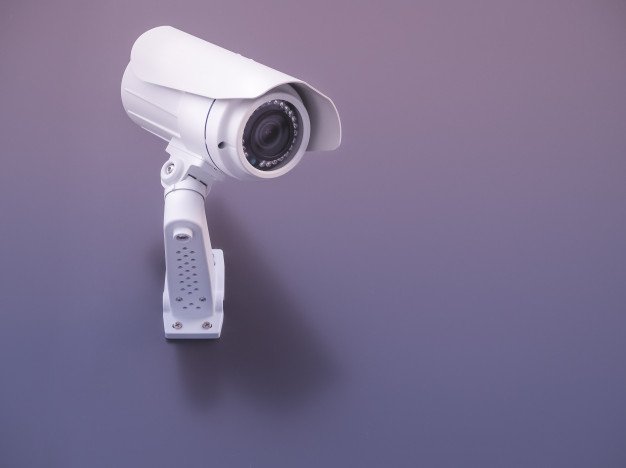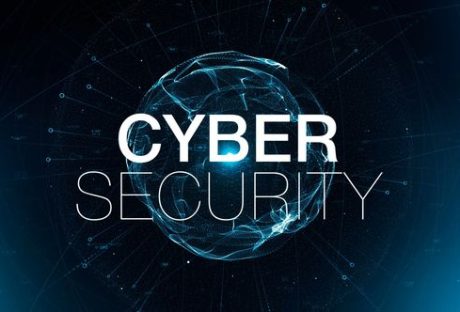A hacker is a professional who focuses on the security mechanism of your network systems and computers. Therefore, don’t think of hackers as unethical people who break into the security system of your phone or computer to steal your valuable information. It is only that some people use their expertise in the wrong ways. Here are some 12 steps on how to become a hacker.
1. Learn UNIX-Like Operating Systems
UNIX-like and UNIX are the operating systems of the internet. You can use the internet without knowing UNIX but you can never become a hacker without having the UNIX knowledge. There are several forms of UNIX-like OS but the most popular one is Linux. You can run Linux hand in hand with MS Windows on your machine. You need to download Linux and install it on your computer. The other UNIX-like OS is BSD systems that comprise of DragonFly BSD, OpenBSD, NetBSD, and FreeBSD. You have to understand the difference between BSD and Linux. Even though we have other solutions like Open Indiana, it is good to rely on Linux, BSD, and MacOS because they are more popular and have several programs for your use.
2. Write HTML
You have to build your proficiency in HTML especially if you are not a programming professional. HTML is used to code everything that you see on any website such as the design components, images, and pictures. You start by learning how to make a basic homepage and grow from there. You can open the source information in your browser to see the examples of HTML. You can either write basic HTML in simple text or processing programs like Notepad.
3. Learn the Programming Language
If your goal is to become a hacker, you need to learn programming languages to write your masterpiece. The best language to start with is python because it is well documented, has a clean design, and relatively kind for beginners. Apart from being an excellent language for starters, python is flexible, compelling, and suites large projects well. Once you get into serious programming, you will have to learn Java, JavaScript, and PHP C, and C++. These programming languages will give you the right background that will help you to develop hacking skills.
4. Think Creatively
Once you have the basic skills, you need to start thinking artistically. A hacker is like an engineer, philosopher, and artist all rolled up into one person. These professionals believe in mutual responsibility and freedom. The world has so many fascinating problems that are waiting for answers. Hackers delight in solving these problems, exciting their intelligence, and sharpening skills. Hackers have a broad range of intellectual and cultural interests outside hacking. Play as intensely as you work and work as intensely as you play. For most hackers, the boundaries between art and science or work and play tend to merge or disappear into a high level of creative playfulness. You can enroll in martial art training if you want to learn how to become a hacker.
5. Learn to Appreciate Solving Problems
Hackers believe that it is a moral responsibility to solve problems. Once you solve a particular problem, put is in the public domain so that you can assist other people to solve the same issue. However, you will not be giving away all your creative product. You will begin to command a lot of respect when you share the knowledge that you have accumulated over time.
6. Learn Recognizing and Fighting Authority
The main enemies od hackers are drudgery, boredom, and authority figures who use secrecy and censorship to stifle the freedom of information. Monotonous works discourage the hacker from hacking. You can embrace hacking as a way of life by rejecting the ‘normal’ concepts of property and work. Instead, choose to fight for common knowledge and equality.
7. Be Competent
Any person who spends a lot of time on Reddit is able to write up a ridiculous cyberpunk username and pose to be a hacker. However, the internet is an excellent equalizer that values competence over posture and ego. Spend a lot of time to work on your craft and not the mage and you will gain a lot of respect quickly instead of modeling yourself around the superficial things that people think around hacking in the popular culture.
8. Write Open-Source Software
Take time and write programs that other hackers believe are useful and fun. Give your fellow hackers the sources of these programs for their use. Hackers respect individuals who have written capable programs and share with their colleagues for use.
9. Help in Testing and Debugging Open-Source Software
Reputable open-source authors know that good beta-testers are worth their weight in dollars. These beta-testers know how to localize problems well, describe symbols, can tolerate bugs in quickie releases, and are more than willing to apply few simple diagnostic routines. Try to get a challenge that is under development that you have interest in and strive to become a good beta-tester.
10. Publish Useful Information
You also need to gather and filter interesting and useful information into documents or web pages like FAQs lists and avail them. The respect that those who maintain FAQs have is equal to that of open-source authors.
11. Assist in Keeping the Infrastructure Working
It is volunteers who operate the hacking culture and the internet’s engineering development. You need to do a lot of unglamorous but necessary tasks to keep everything running. It includes the administration of mailing lists, moderating of newsgroups, maintenance of huge software archives, and the development of RFCs among the other technical standards. You will command a lot of respect by doing all these things with a high level of dedication.
12. Serve the Hacking Culture Itself
You will not be able to do this exercise until you have been around for some time. The hacking culture does not have leaders to say but it has tribal elders, culture heroes, spokespeople, and historians. After being in the trenches for a long period, you can develop into one of these. Hackers don’t trust the blatant ego among their tribal elders and hence attaining such fame visibly is dangerous. Instead of striving for it, it is wise to position yourself so that it drops in your lap so that you can be gracious and modest regarding your status.
Read Also:
























